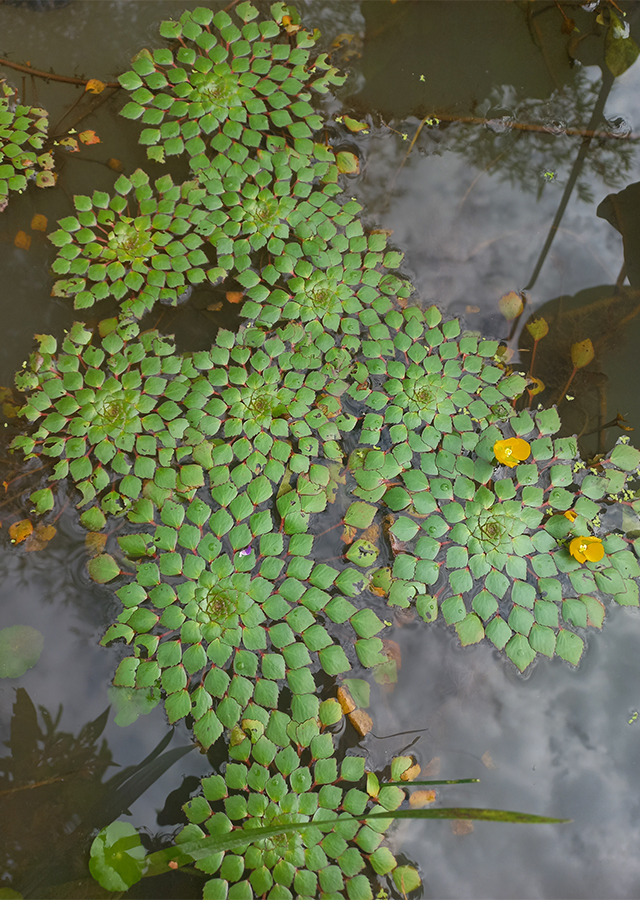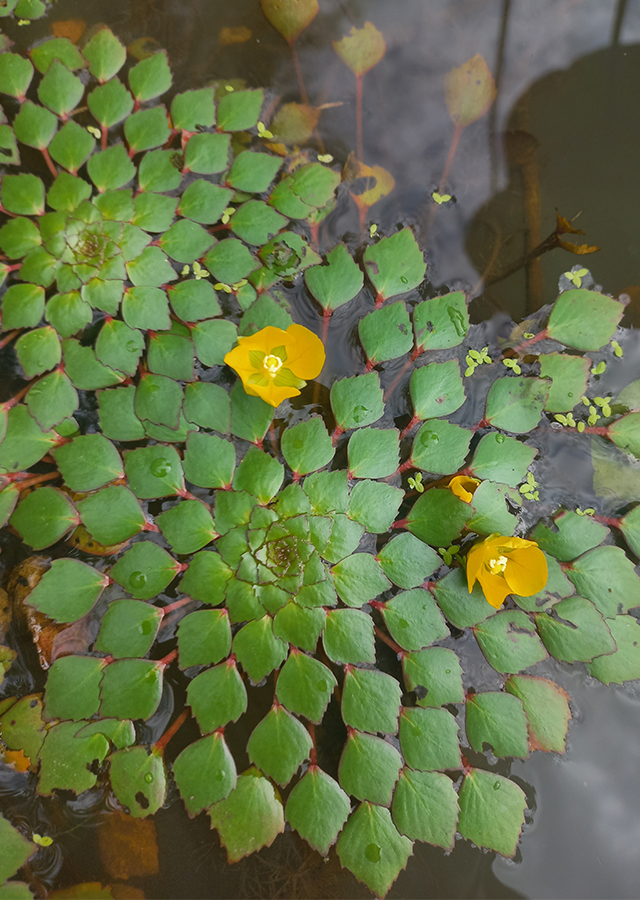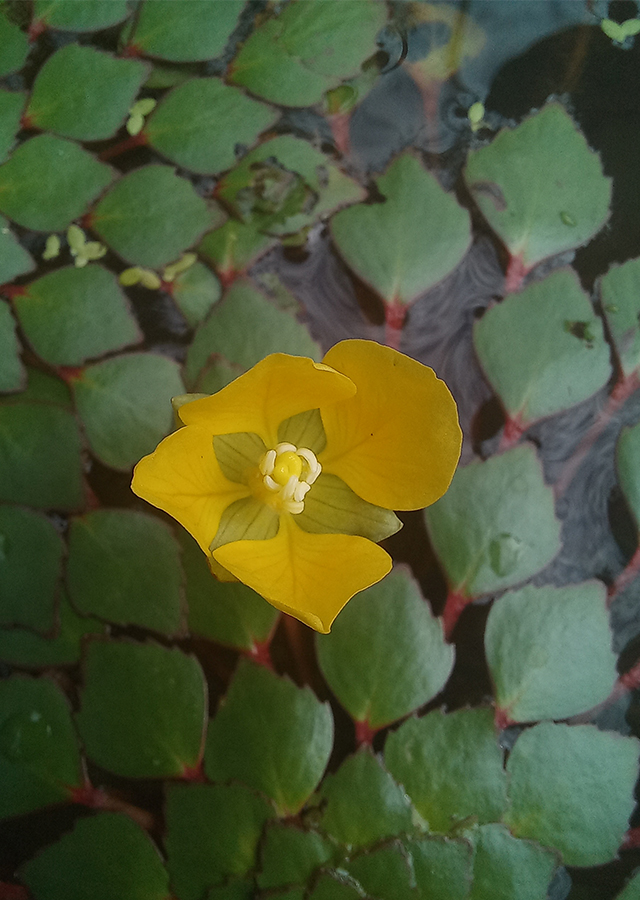Traditional Herbs from Ludwigia sedoides
What is Ludwigia sedoides Looks like??



Parts of Ludwigia sedoides that could be used
- All Parts of the Plant
Ludwigia sedoides Distribution
The mosaic plant or Ludwigia sedioides originates from Bolivia, Northern Brazil, Colombia, Costa Rica, Cuba, Ecuador, El Salvador, Guyana, Honduras, Jamaica, the Gulf of Mexico, Southeastern Mexico, Nicaragua, Panama, Paraguay, Venezuela and was introduced to the Lesser Sunda Islands, Thailand. Ludwigia sedioides is an aquatic plant that has unique leaves and grows along the surface of the water. The leaves are very numerous and have a geometric shape with serrated edges. Usually used as an ornamental aquarium or aquascape plantAgroecology of Ludwigia sedoides
The mosaic plant is a tropical plant found mainly in swamps, the mosaic plant does best in full sun, although it can tolerate some shade. Alkaline water is not conducive to this plant, so be sure not to let the pH exceed 8, although 5.5 to 7.5 seems to be the sweet spot for this unique plant.� L. sedioides is not tolerant of cold temperatures�in fact, if the water temperature drops well below around (21° C), mosaic plants will struggle to grow. Below (18.3° C), and most mosaic plants start to die. Keeping the water between� (21-26.6°C) is best for continued growth, healthy leaves, and colorful blooms.
Morphology of Ludwigia sedoides
- Fibrous roots.
- Stems\u00a0reddish, brittle.
- Diamond-shaped leaves with toothed margins, spreading outward to form a mosaic-like rosette. The edges of the middle and older leaves turn bright red when the plant is grown under bright light .The leaf rosette extends completely during the day with gaps between the leaves. At night, the rosette contracts to such an extent that the leaves overlap each other.
- Bright yellow, cup-shaped, solitary flowers, produced in the leaf axils from June to August. in natural habitat.
- The fruit is an explosive capsule.
Cultivation of Ludwigia sedoides
Propagation is done using seeds, stem cuttings, and dividing the clump.�
Ludwigia sedoides, more details :
Chemical Content of Ludwigia sedoidesInformation not found. Need further investigation.
Benefits of Ludwigia sedoides
Information not found. Need further investigation.
Simplisia of Ludwigia sedoides
Another Facts for Ludwigia sedoides :
Synonym of Ludwigia sedoidesJussiaea sedoides� Bonpl.
Habitus of Ludwigia sedoides
Aquatic Plants. Aquatic herb, annual, grows up to 0.2 m high and spreads up to 0.3 m
Habitat of Ludwigia sedoides
- Water Plants
No comments:
Post a Comment